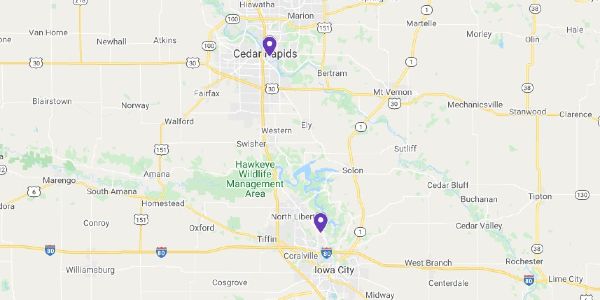Understanding Search Engine Optimization (SEO) terms and ideas can be a bit like learning a new language. To help create the perfect SEO campaigns for our clients, we’ve complied a list of some commonly used terminology to keep everyone on the same page.
Learn about keywords, backlinks, on-page SEO, Core Web Vitals (CWVs) and more with Vortex’s Knowledge Base!
Keywords are the words that you want your website to rank for when someone initiates a Google search. These are the terms users will be searching for in order to find your website. Your keyword list should include both long tail and short tail keywords. Your entire SEO campaign will be based on your choice of keywords, so it is very important to identify and target keywords that will give you the highest Return On Investment (ROI).
These are the keywords that will be niche to your exact user and potential customer. These will be roughly 3-5 words long and can include words such as towns or areas that you are focusing on such as “Iowa City” or “Cedar Rapids”.
These keywords are shorter, usually between 1-2 words each, and will be targeted towards a broader audience. The main difference between these and long tail keywords is that the short tailed ones will have much more competition between them since there will be more companies attempting to rank for that keyword specifically. For example, “web development” is a short tail keyword with lots of different companies worldwide attempting to rank for it. Contrary to that, “web development Cedar Rapids” is a long tail keyword that will not have as much competition because it is only for the Cedar Rapids area.
On-Page SEO refers to work done on a specific page to increase that page’s rankings. This includes the page’s copy, images, title and description tags, HTML structure, and more.
This refers to sitewide changes to the technical structure and function of the site. Many of the things involved in Technical SEO include optimizing core web vitals and website load speed, fixing HTTPS and SSL issues, and updating redirects.
This refers to any links on other domains that link back to your website. Examples include someone sharing your blog post on their website, or a newspaper writing an article about you and including a link to your website. This is especially important in SEO because it helps to increase the domain authority of your site, which in turn may increase your search ranking.
Internal links point users to other web pages within your website. These can be in the form of different tags or groups for different blog posts or headings for different content sections. For example, if you mention one of your services in a blog post or a different services page, make sure you include a link to the mentioned content.
External links are links that point to web pages that are not within the same domain. Typically these will be used when content is referencing or discussing something from a different site.
CWVs are currently one of the most important factors when attempting to improve SEO. Well-optimized CWVs lead to not only a good user experience, but increased SEO. Google has stated that CWVs are now one of the major factors it looks at when determining search ranking.



